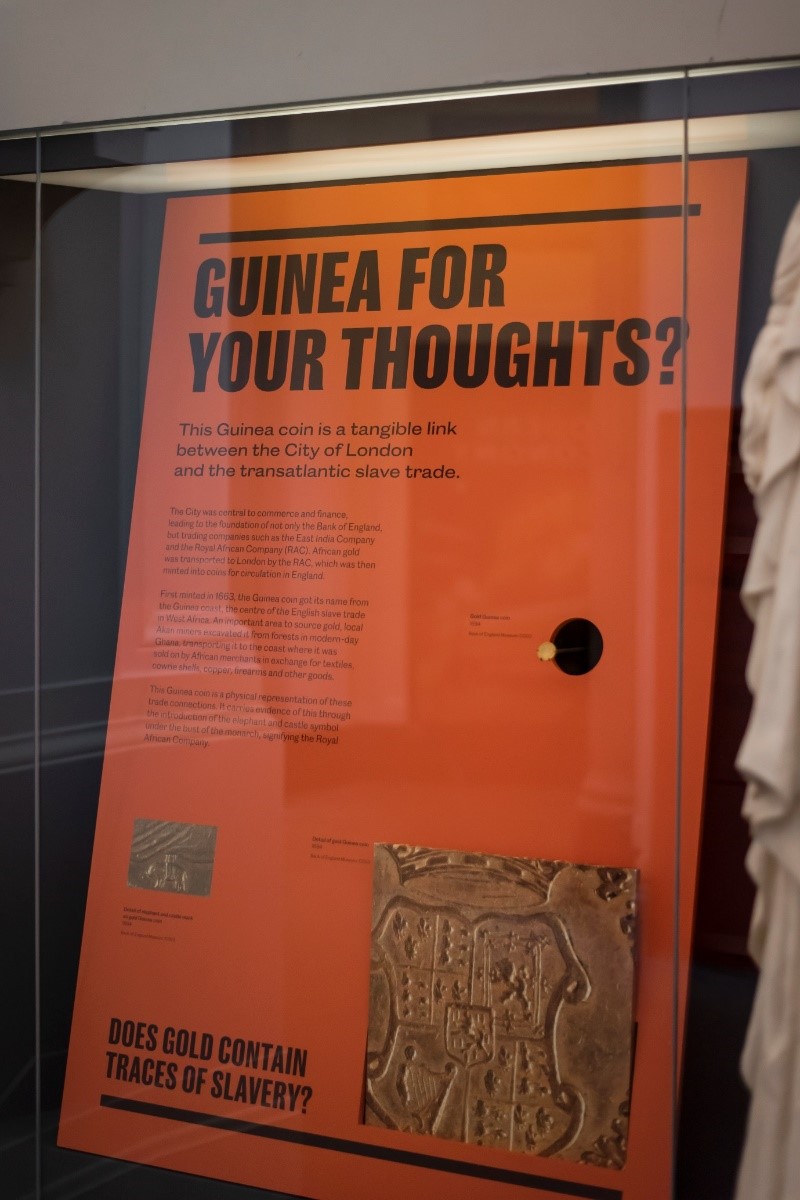The World Wide Web, or simply the web, is a vast network of interconnected documents and other resources, linked by hyperlinks and URLs. It was invented by Tim Berners-Lee in 1989 while he was working at CERN, the European Organization for Nuclear Research.
At the time, CERN was home to many different computer systems, each with its own proprietary software and protocols. Berners-Lee recognized the need for a more efficient way to share information and collaborate with colleagues at the organization. He proposed a system that would allow scientists to access documents and data stored on any computer within the organization, regardless of the type of machine or software being used.
To achieve this, Berners-Lee developed the concept of the web, which consists of a set of protocols and standards that allow computers to communicate and share information with one another. He also created the first web browser, called WorldWideWeb, which was used to access and navigate the web.
The web quickly gained popularity and became a vital tool for communication and information sharing. Today, it is an essential part of modern life, with billions of people around the world using it for a wide range of purposes, including communication, entertainment, education, and business.
The web has undergone many changes and developments since its inception, and it continues to evolve at a rapid pace. Today, it is a vast and complex network that spans the globe, connecting people, businesses, and organizations in ways that were once unimaginable.
Overall, the invention of the web has had a profound impact on society and has revolutionized the way we communicate and access information. It has opened up new possibilities and has made the world a more connected and interconnected place.
:max_bytes(150000):strip_icc()/dotdash-brief-history-exchange-traded-funds-Final-8e1efa04117a4bc5839dc50fd219e38c.jpg)







